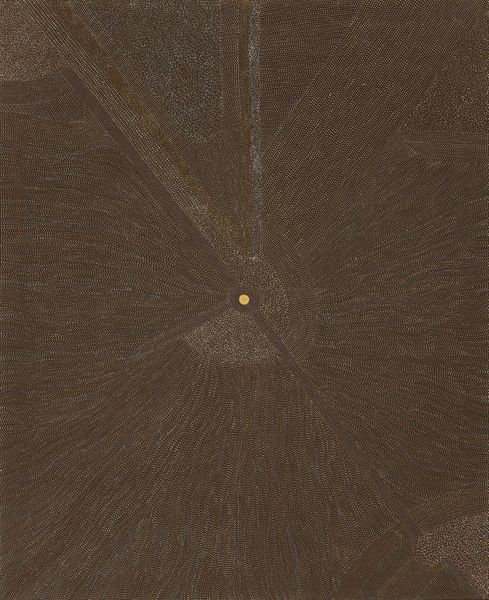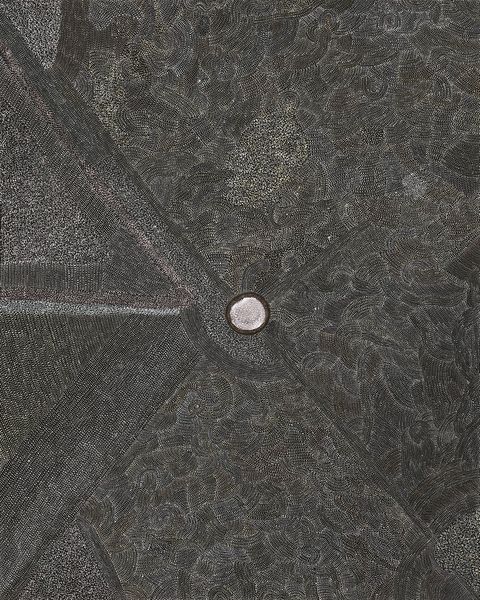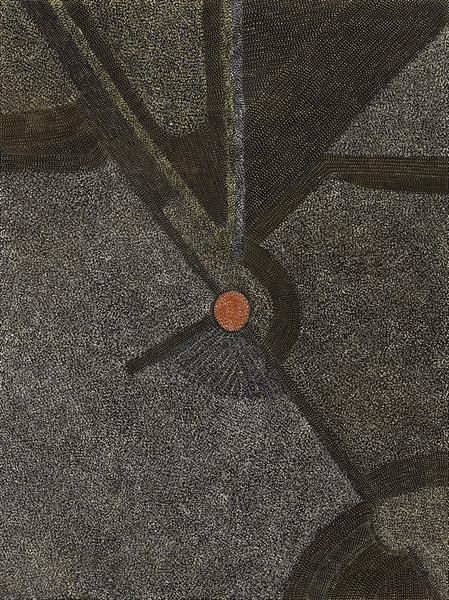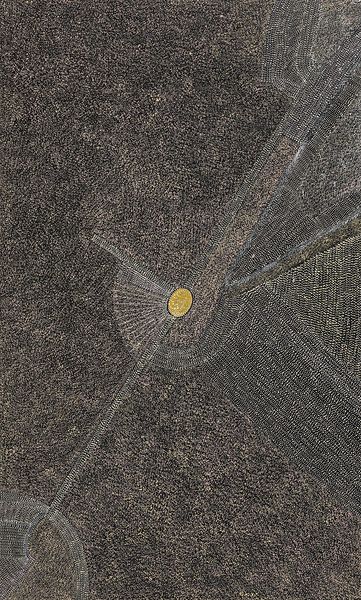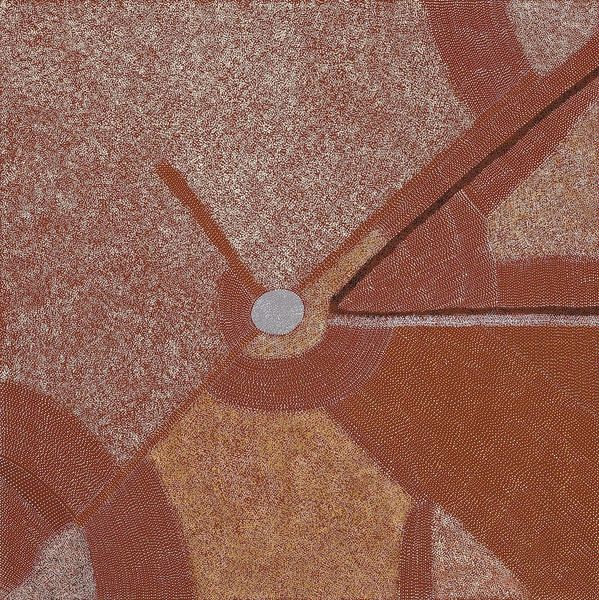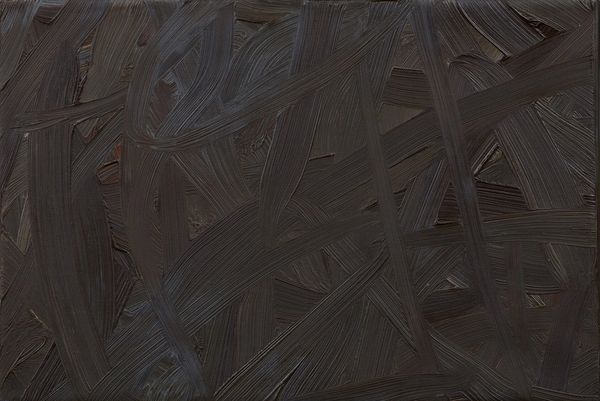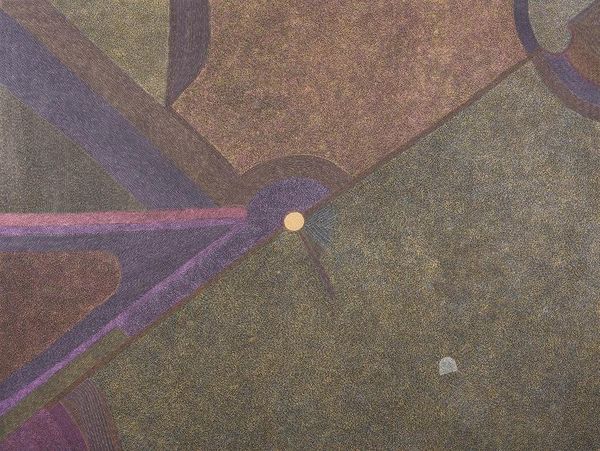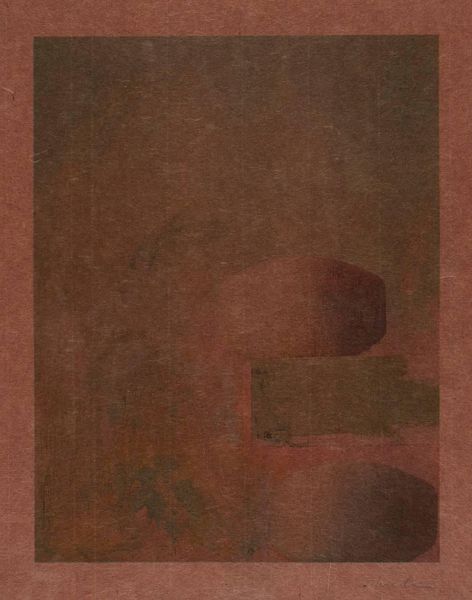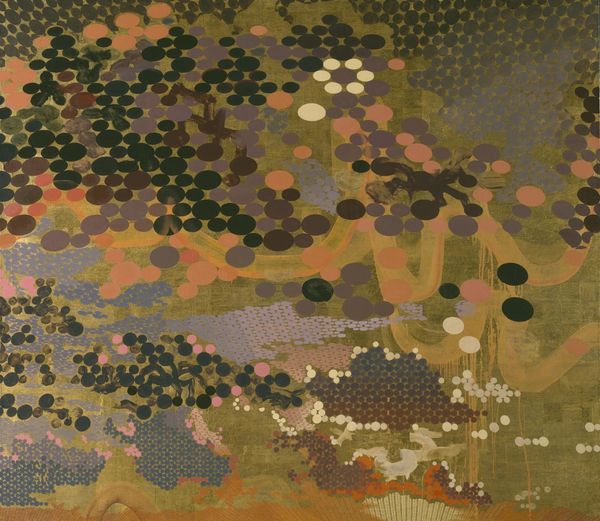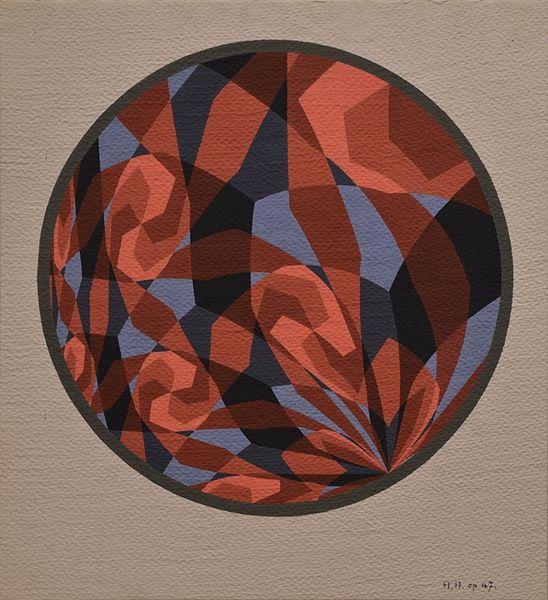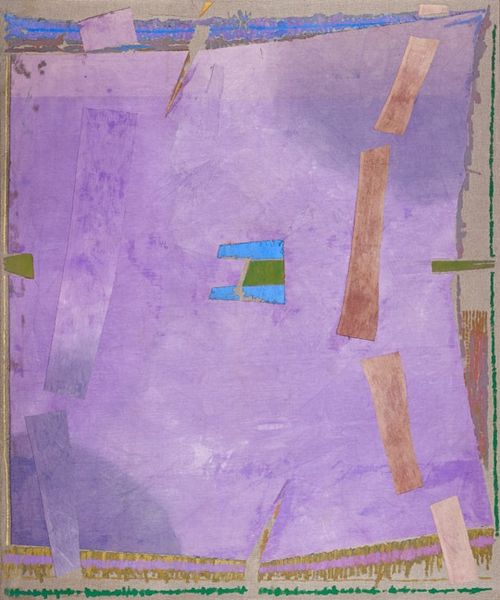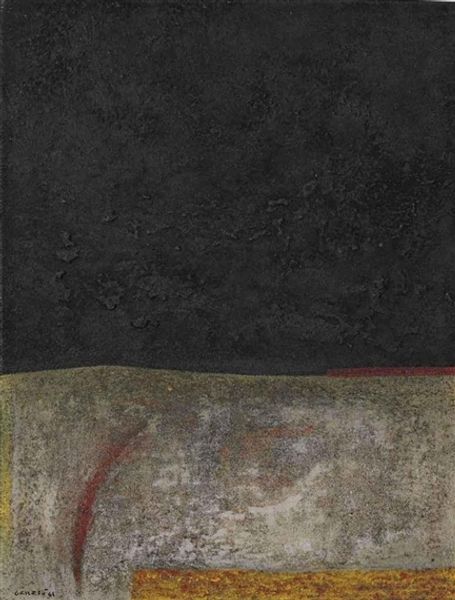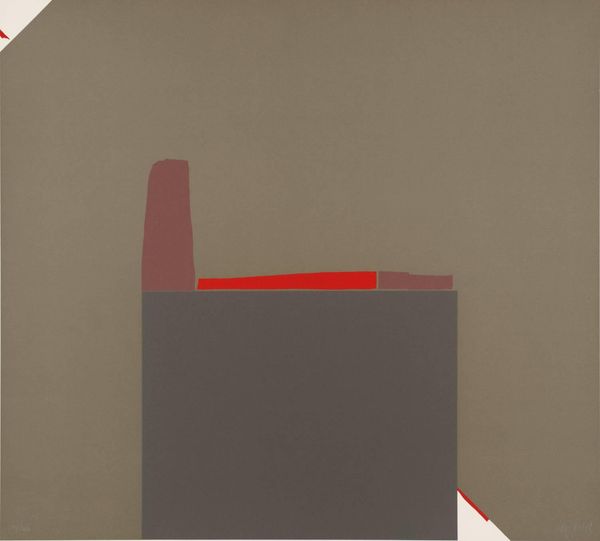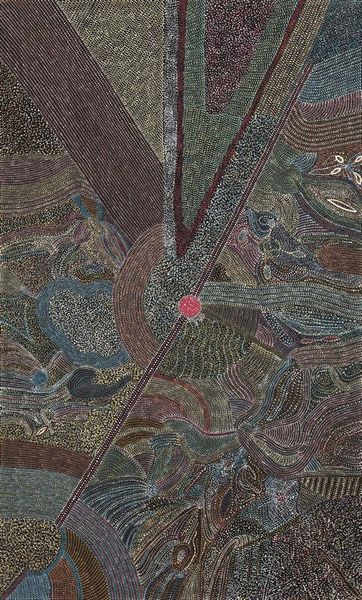
painting
#
organic
#
painting
#
line
Copyright: Abie Loy Kemarre,Fair Use
Curator: Abie Loy Kemarre painted this piece, titled "Bush Hen Dreaming," in 1998, utilizing acrylic on canvas. The style is marked by intricate linear patterns and geometric organization of space. What strikes you most about this painting at first glance? Editor: Oh wow, I’m immediately drawn to the incredible detail and the subtle colors. It’s a really soothing palette, even though there's so much going on. The overall effect, for me anyway, is surprisingly peaceful. It's like looking at a complex map of some serene, otherworldly terrain. Curator: Indeed. Indigenous Australian art traditions are deeply rooted in communicating narratives linked to the land and ancestral knowledge. The painting's title provides the key to understanding its subject: the "Bush Hen Dreaming" signifies a sacred story or set of beliefs connected with the Bush Turkey ancestor of the artist. Dreamtime stories often feature intricate symbolism, revealing knowledge. Editor: Okay, so now I'm seeing the lines almost as pathways or journeys. Is the red dot perhaps where those lines begin or maybe intersect in that origin place, or maybe a symbolic core within the Dreaming? I’m feeling it less as an actual map and more like an internal landscape of memory. Curator: These "Dreaming" stories are frequently manifested visually using complex linear elements. The geometric features might symbolize locations or terrain landmarks of relevance to the Bush Turkey ancestral story. The repetition of forms also echoes ceremonial grounds, while the color palette reflects materials used for traditional ground paintings. The role of art in Indigenous Australian communities connects history, spiritual significance, and cultural practice, acting as a tangible conduit between past and future. Editor: I suppose that for us on the outside looking in, understanding is about contemplating the connections – between the visible, in this instance, linear complexity and the invisible or felt world. But to really know, we’d have to be inside of the culture it belongs to. It almost makes me feel that interpretation is secondary. Maybe reverence and silence come first? Curator: An excellent point; approaching Indigenous art requires recognition of the inherent cultural sensitivities that surround these artifacts. Thinking about how meaning operates in a society very different than our own is always productive, especially in postcolonial settings, where artwork once interpreted or exploited is repatriated to the culture from which it originated. It prompts necessary reconsideration and deep listening. Editor: Absolutely. I’ll definitely carry those thoughts as I look at art. It feels almost like an active collaboration, not just receiving what’s already there but being respectful and open.
Comments
No comments
Be the first to comment and join the conversation on the ultimate creative platform.
